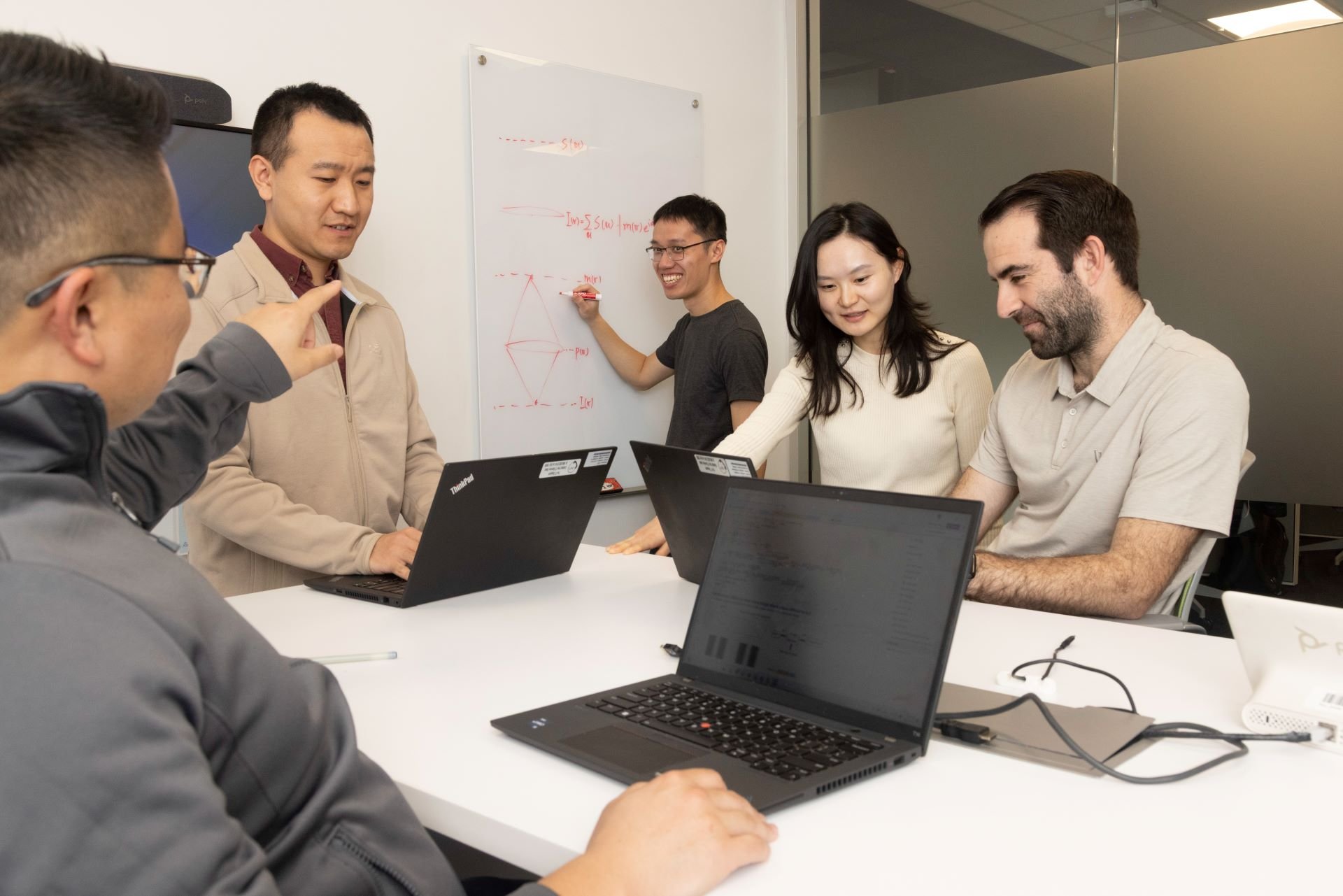Physicists and engineers play a key role in designing, building and optimizing the most advanced EUV lithography, DUV lithography, metrology and inspection systems at ASML.
Applying physics at ASML
As a physics engineer, you could research how temperature fluctuations affect the projection of light or analyze the behavior of tin droplets when they are exposed to CO2 laser light or you could be drawing on all your physics knowledge to help improve the imaging, overlay and productivity of our tools. EUV alone is a vast subject where there’s a lot of cool physics happening in lasers, plasmas, optics, materials, ions and fluids. A physicist at ASML can get involved with almost any technology problem we have and help to make progress by applying physical models to explain observations in data and through analysis helping to identify the right set of critical questions needed to refine a design or identify the next set of experiments.
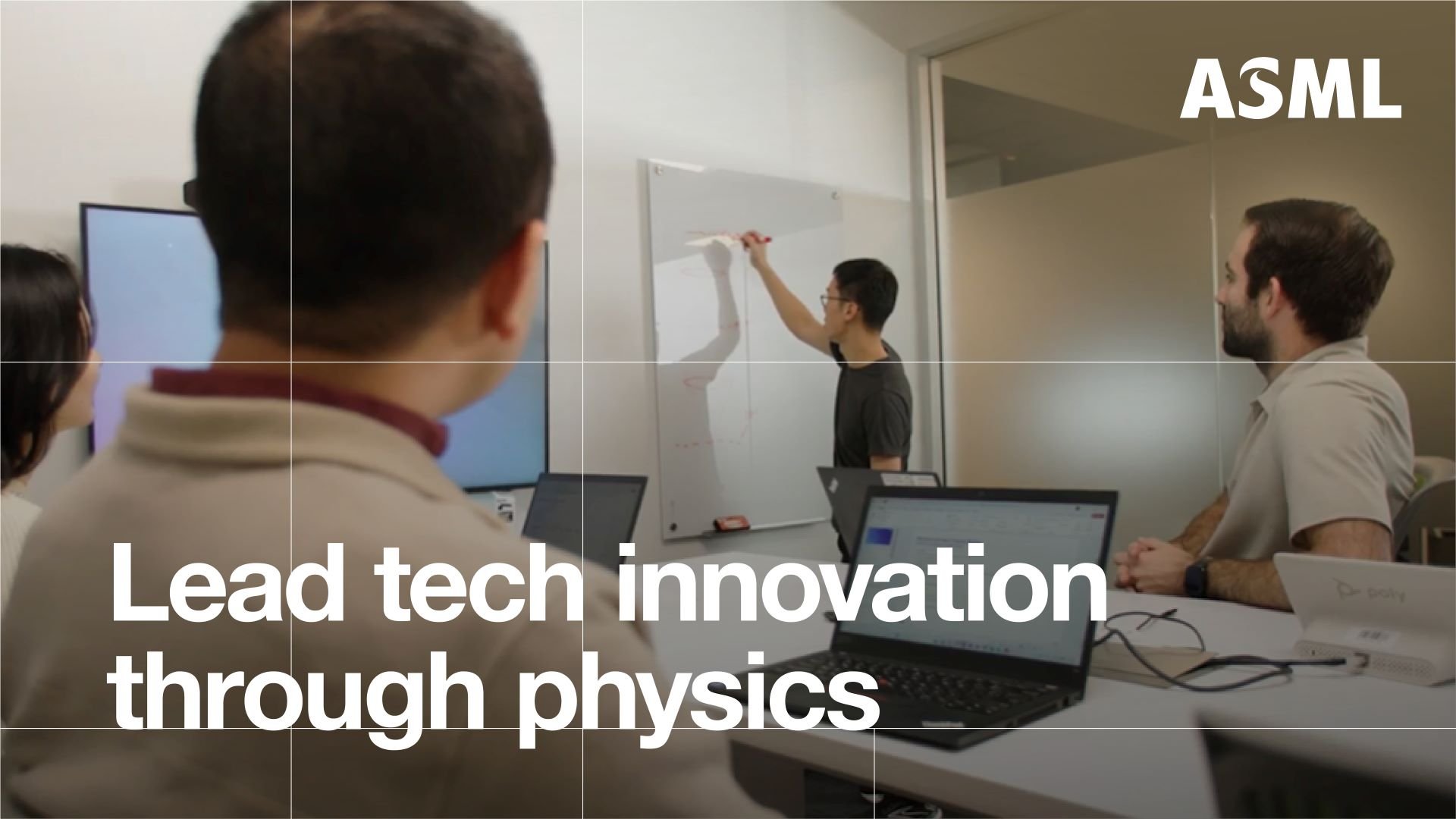
Physicists working at ASML are exposed to many different aspects and disciplines of science including optics, lasers, materials, science and precision engineering. They get to work alongside great engineers to turn scientific observations and discoveries into realities for the next generation of technology. The environment is open and collaborative, teamwork is highly encouraged, and discoveries are frequent and exciting. Scientists at ASML have the time to focus on their work. Having a large support network allows for more time to think creatively and pursue what they’re good at, which allows them to focus on where they can make a difference.
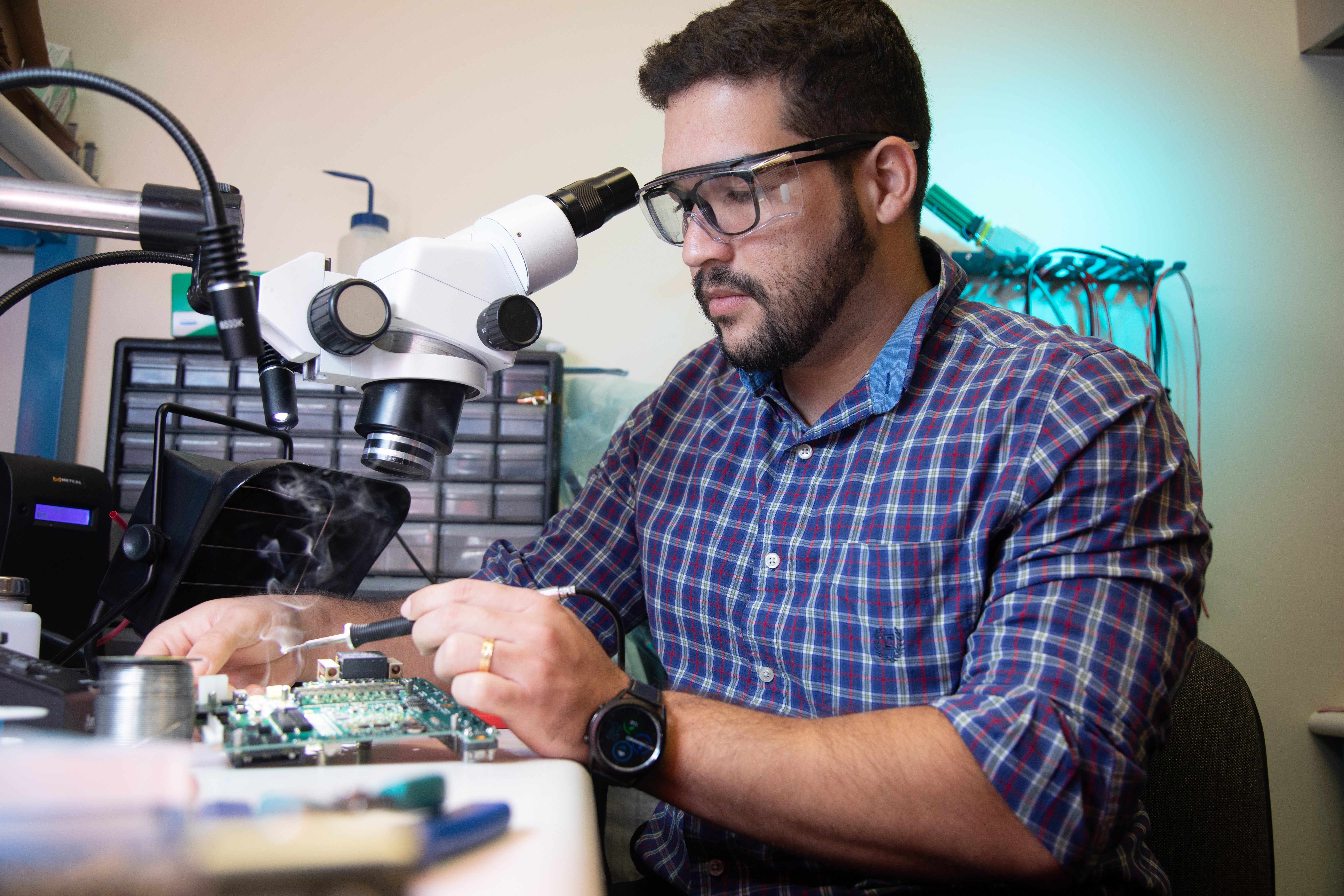
Computer science & data engineering
Being at the forefront of the semiconductor industry, ASML is constantly innovating. Computer and data scientists play a role in driving innovation by researching and implementing new technologies. A background in computer science is beneficial to create, optimize and innovate the software that powers our advanced chip-making machines. As a computer scientist, you may develop complex algorithms to enhance accuracy, analyze data to identify patterns, and optimize the system performance, all while utilizing the latest in machine learning techniques.
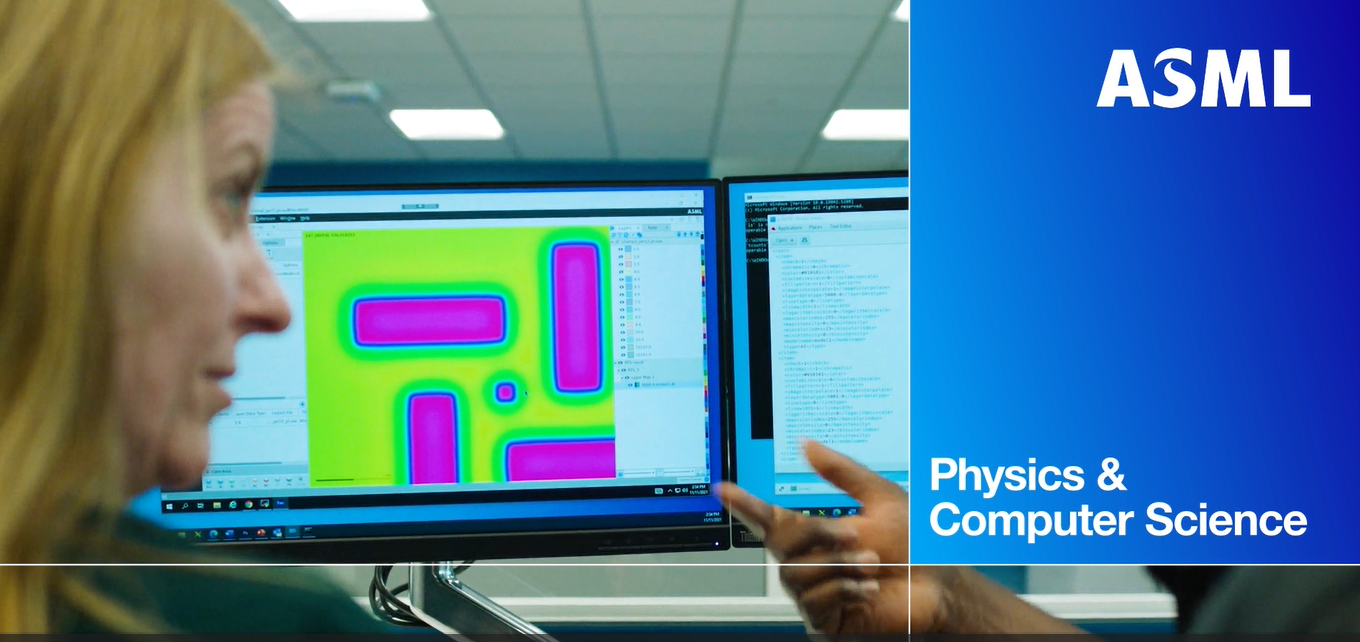
See what our physicists colleagues are saying
 Roxana Rezvani, Metrology Sensor Function Owner
Roxana Rezvani, Metrology Sensor Function Owner 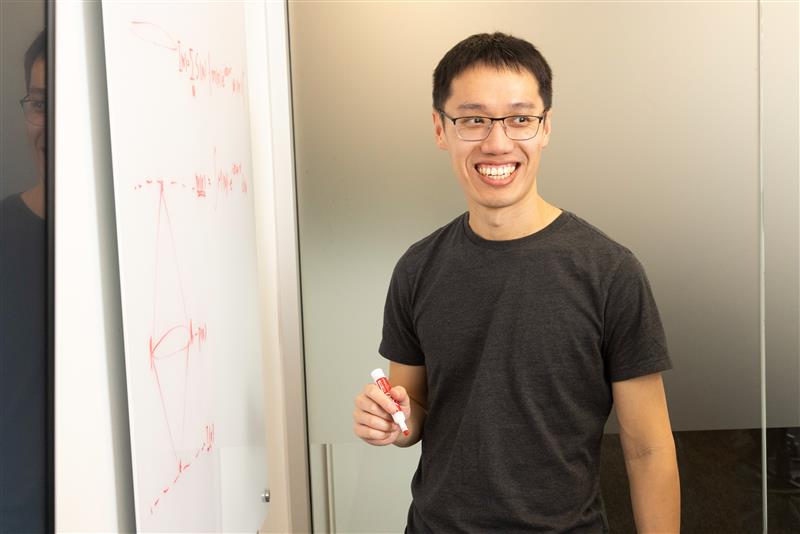 Li-Hao Yeh, Staff Software Engineer
Li-Hao Yeh, Staff Software Engineer 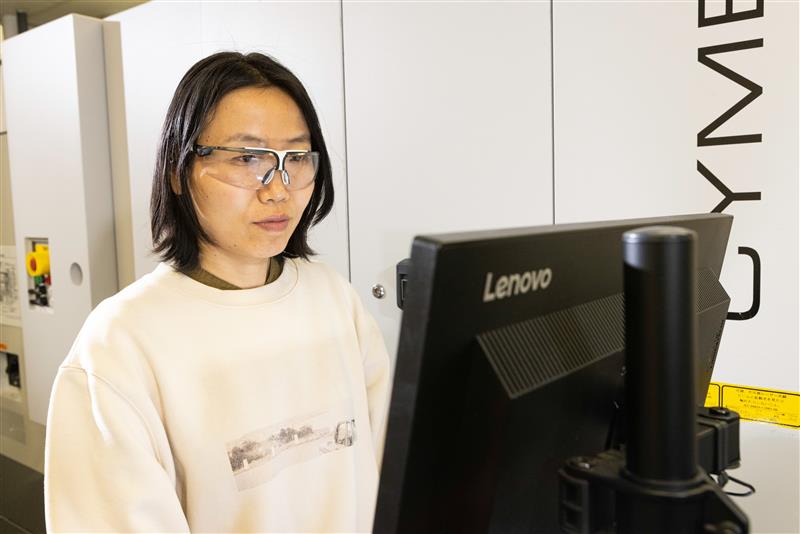 Xi Li, Plasma and Laser Physics Scientist
Xi Li, Plasma and Laser Physics Scientist “There are a lot of scientists and engineers here working on very advanced technology. Every day you will face new challenges and the machines are very interesting to work on.”
From Sci-Fi to Silicon
Ever wondered how science fiction shapes our reality? This captivating article by Alex Frenzel explores a groundbreaking experiment that merges the imaginative world of sci-fi with cutting-edge technology to create the most advanced microchips on the planet.
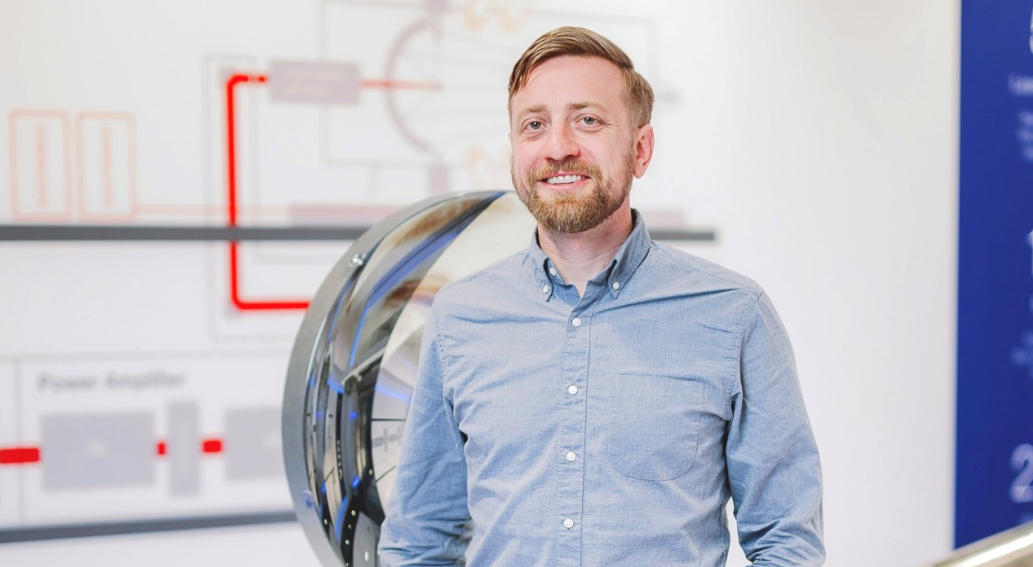
Become a pioneer in this leading-edge field
Want to be alerted for new jobs?
Create job alert